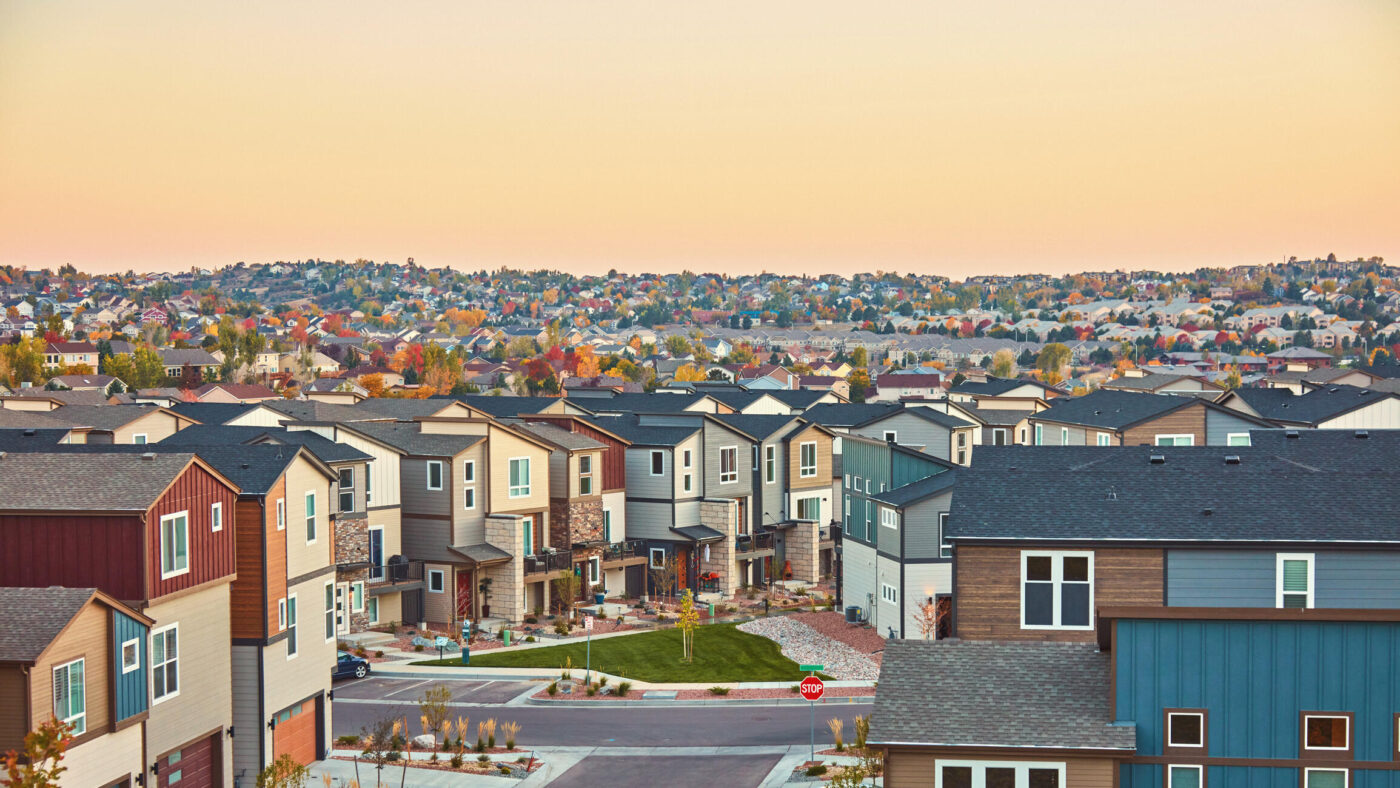Trending
Millions of housing units are needed in the US
Making most expensive cities more affordable a policy choice, experts say

One of the biggest reasons affordable housing isn’t available in the most expensive cities in the U.S. is because those localities aren’t permitting enough homes to be built in them, the Atlantic reports.
Some areas have allowed housing to keep up with population growth, such as the South, but others, including San Francisco, New York and Boston, have as a matter of policy, made it more difficult for the less affluent to live in.
As it stands experts have a difficult time answering the question of what it would take to make so-called superstar cities on the East and West coasts affordable for workers without college degrees or families with kids and people living on fixed incomes.
But what is evident is the number of units needed to be built in those cities is huge.
“They’re massive,” David Garcia, the policy director at the Terner Center for Housing Innovation at UC Berkeley, told the outlet. “And they’re all a massive undercount.”
The problem affects not just those who can’t afford to live in those cities, but everyone, as it keeps the economy from being as vibrant and diverse as it could be.
Nearly 50 percent of renters today spend more than 30 percent of their income on rent and utilities, while about a quarter of renters spend more than half of their income on rent, the Atlantic said.
In addition, rising costs have led millions – most notably in New York and California – to delay homeownership.
That leads to even more difficult choices, such as people living in places and spaces they don’t want to because it’s what they can afford, or not having children because they don’t have the space for them.
Which leads, again, to not having enough housing being built.
“The reason California has the affordability problems we have now is because we did not build,” Garcia told the Atlantic. “In the 1960s, 1970s, even into the 1980s, we built between 200,000 and 300,000 homes per year. In our most recent economic boom, we were building 100,000 a year. … That is the start and the end of the story when it comes to California.”
The same goes for New York City, where there were fewer housing permits issued in the 2010s than in previous decades, and more jobs were created than homes.
And while the number of new units needed to be built is difficult to pin down, estimates put the shortage at somewhere in the neighborhood of 4 million to 7 million, with one going as high as a whopping 35 million, the Atlantic says.
Even then, building more units in the most expensive cities like San Francisco doesn’t mean it will become significantly more affordable. Increased market-rate housing would benefit the wealthy before anyone else, the outlet noted.
“Saturating the market with more supply would naturally take the pressure off of landlords who keep raising rents,” says Stephanie Klasky-Gamer, the president of LA Family Housing, a homelessness-prevention nonprofit in Los Angeles. “But we’ll never target our most vulnerable renters if we only build 500,000 market-rate units.”
“If you want to build enough to really help low-income people, you’re talking about doing a lot of building,” Rick Jacobus, an expert on inclusionary housing, told the outlet.
— Ted Glanzer




